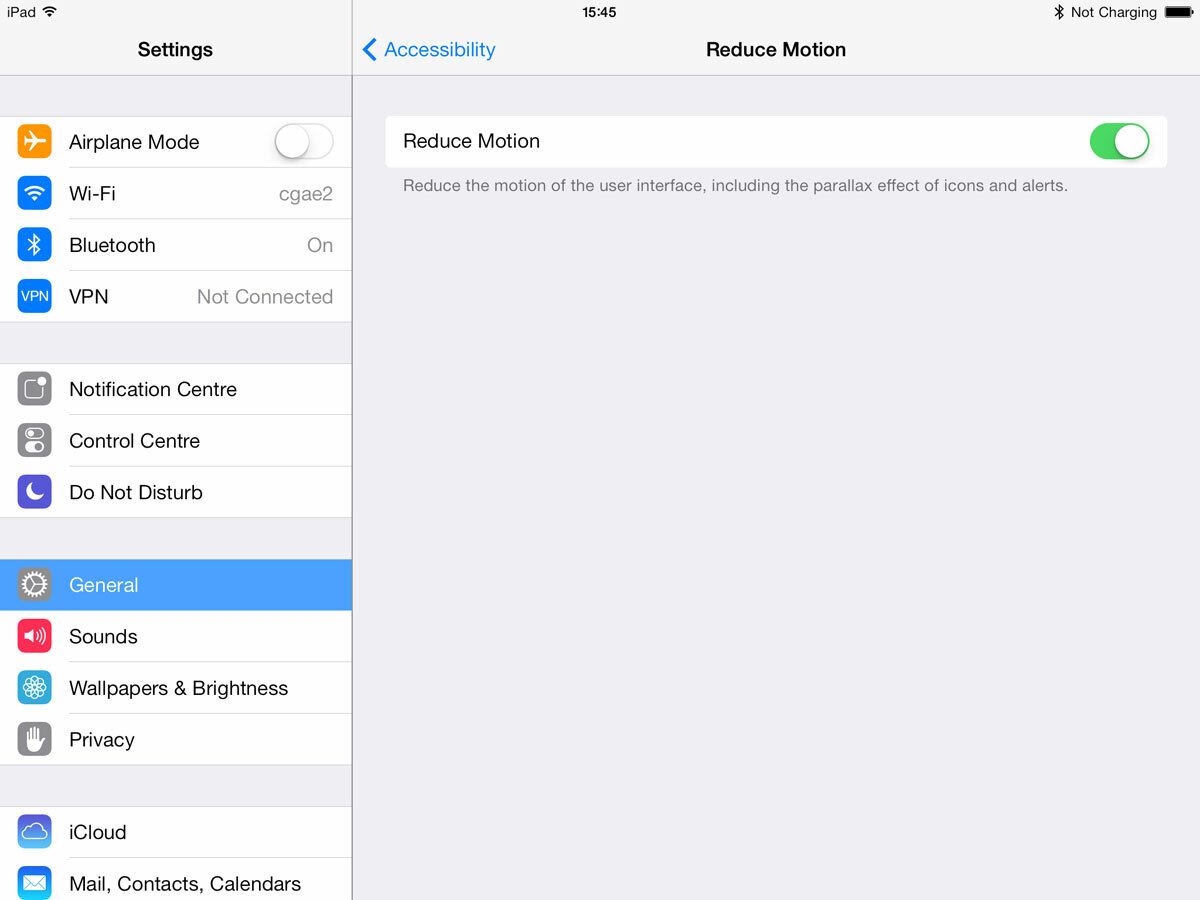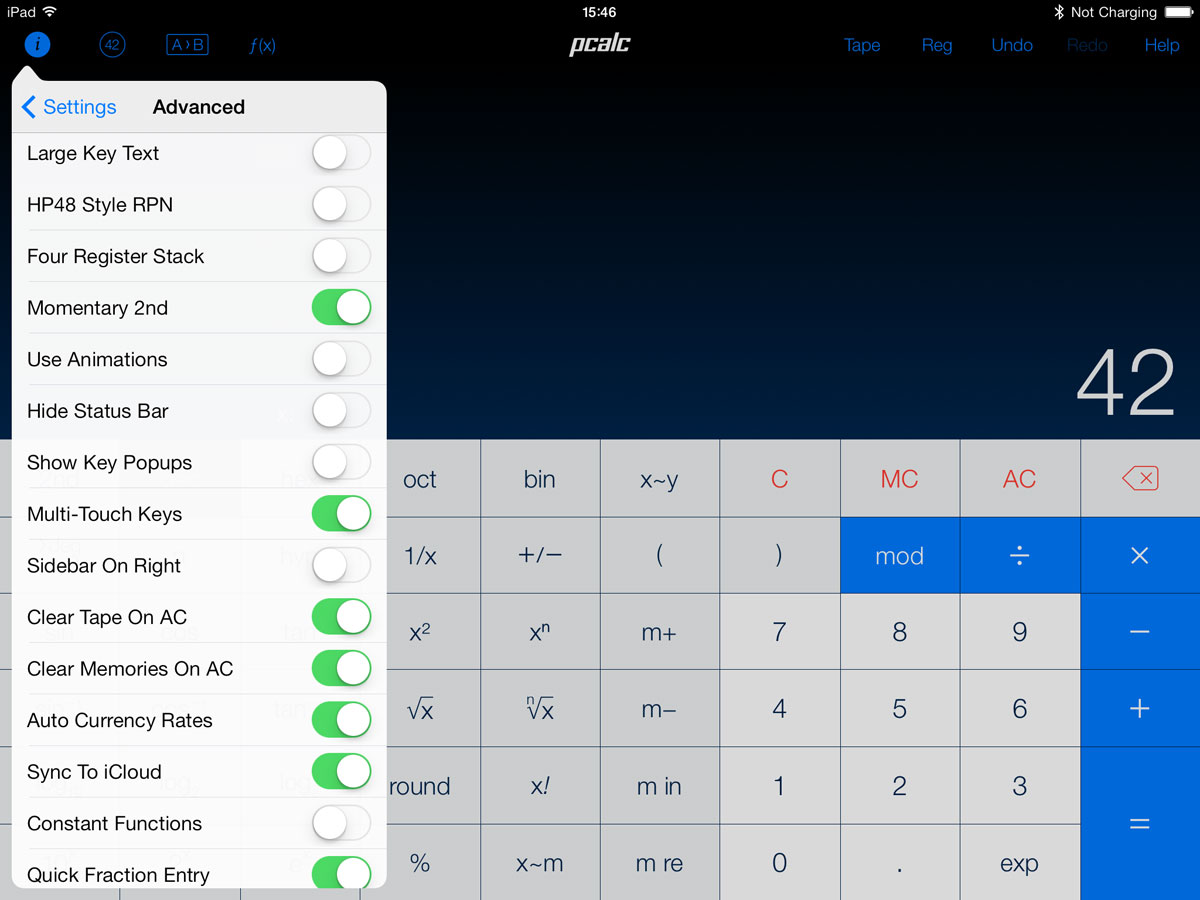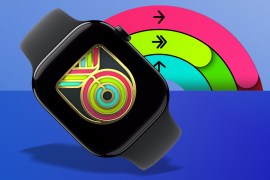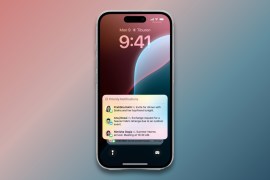iOS 7’s motion effects are triggering vertigo and nausea symptoms
"Aggressive" animations, transitions and parallax effects are making some users feel sick
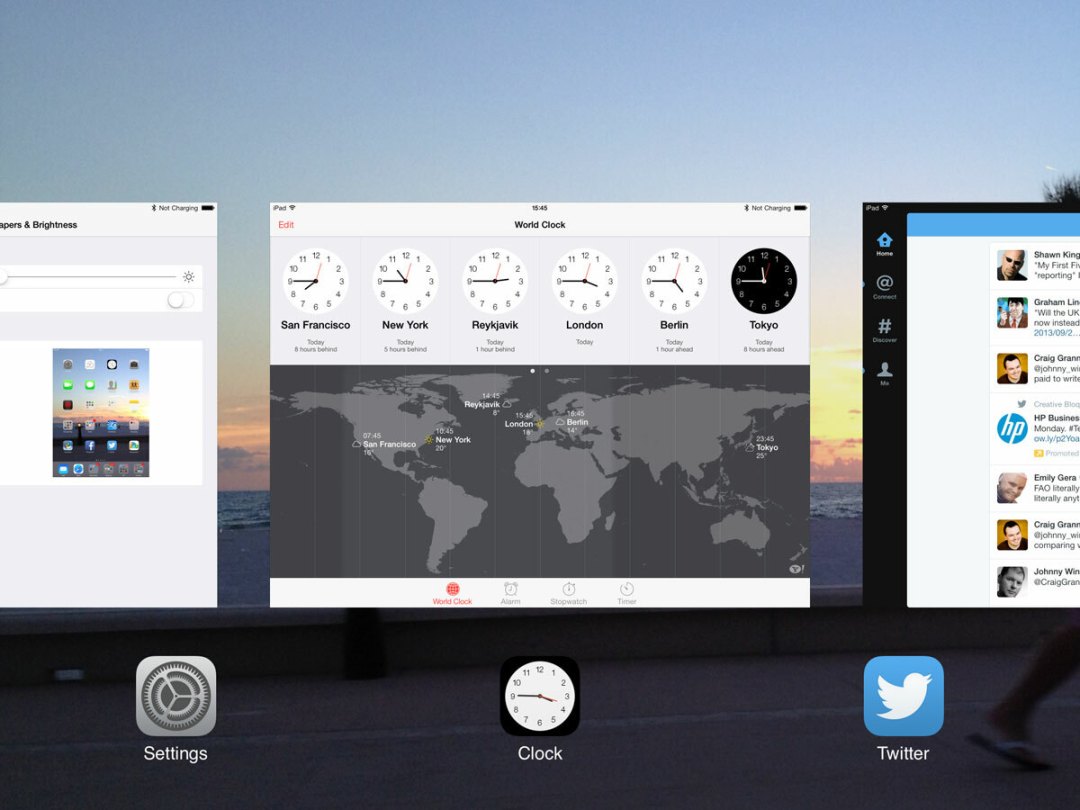
A major change in Apple’s iOS 7 update was its sleek, minimal aesthetic; however, the amount of motion now found within is anything but minimal.
The screen zooms in and out as folders and apps are open and closed; the app switcher zooms and slides; full-screen slide transitions are commonplace; and a faux-3D parallax effect exists on home screens, with icons appearing to float and move independently of background wallpaper.
For many people (most of Stuff included), this might seem dynamic and exciting. But iOS users with motion-sickness have suddenly found their iPhones and iPads are causing them problems.
On his blog, The Tech Chat, Mark Coppock wrote that “iOS 7 makes me sick — literally”, and thought the new animations were “all more aggressive” than in iOS 6.
The net result: “It feels to me like the whole screen is moving, and it generates a sort of motion sickness. I feel dizzy and can feel the very beginnings of nausea kicking in.”
Apple’s blind spot
As Coppock said, this isn’t a new problem, and it certainly isn’t isolated to Apple mobile hardware. Beyond iOS, OS X is full of similar animations, and so too are other operating systems; beyond that, motion sickness can be triggered by videogames, theme-park rides and sitting in moving vehicles.
However, Apple has a strong reputation regarding catering for accessibility needs, yet there on the surface appears to be a blind spot regarding vestibular disorders.
On its Facebook page, the Spin Sisters podcast remarked: ”We’re all for advancement, but this is getting personal. Who wants to use a mobile device that triggers vertigo, dizziness [and] nausea[?]”
With iOS 7’s release coinciding with Balance Awareness Week, the organisation urged people to “rise up” and send a concerned email to [email protected].
Be still
Right now, there’s little further you can do on discovering iOS 7 triggers motion-sickness symptoms. Only the parallax effect can be disabled (Settings > General > Accessibility > Reduce Motion); otherwise, it’s a case of closing your eyes while transitions occur.
Some developers, though, have recognised the problem and set about solving it themselves. James Thomson, creator of PCalc, integrated options to disable animation in the iOS 7 update to his leading app. He told Stuff he’d suffered from motion sickness while playing 3D videogames, but had only recently heard of negative reactions to the full-screen animations now commonplace in operating systems.
On PCalc’s latest update, he said: “I’d worked on a number of accessibility options in the most recent PCalc release, such as increased text size and speech support. I saw Apple added an option to reduce motion in iOS 7 and thought I should add my own.”
Activating this option removes full-screen transitions everywhere within the app, including on standard navigation controllers. He hoped this would make things easier for some people, but thought a better solution would be for Apple to follow suit: “There needs to be a similar option at the system level, so developers don’t individually have to add one. Apple already has a very wide selection of accessibility options, and it would make perfect sense for the company to add this too.”
When asked for comment, Apple had no statement at the time of writing.
